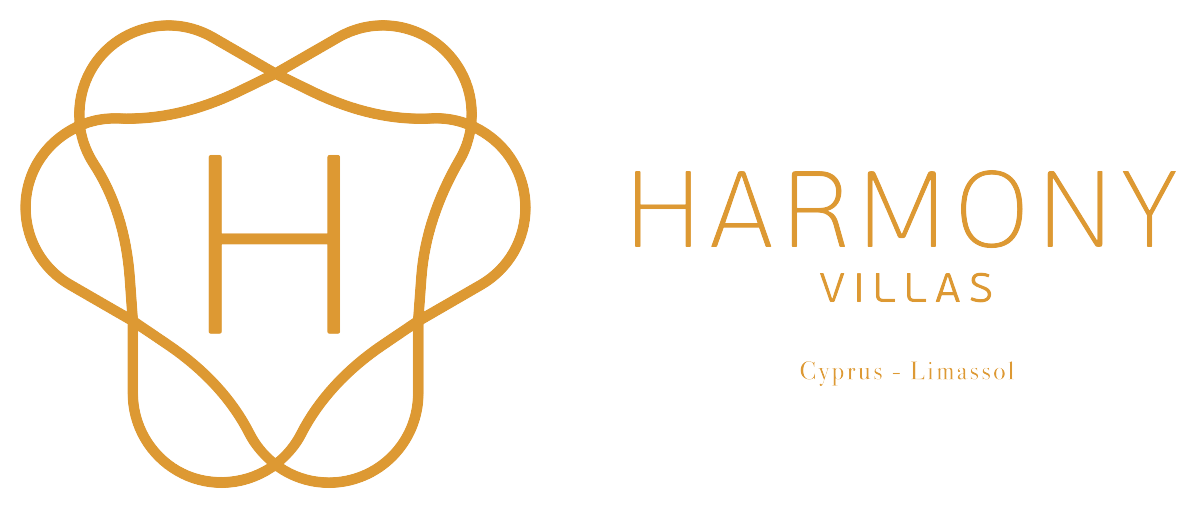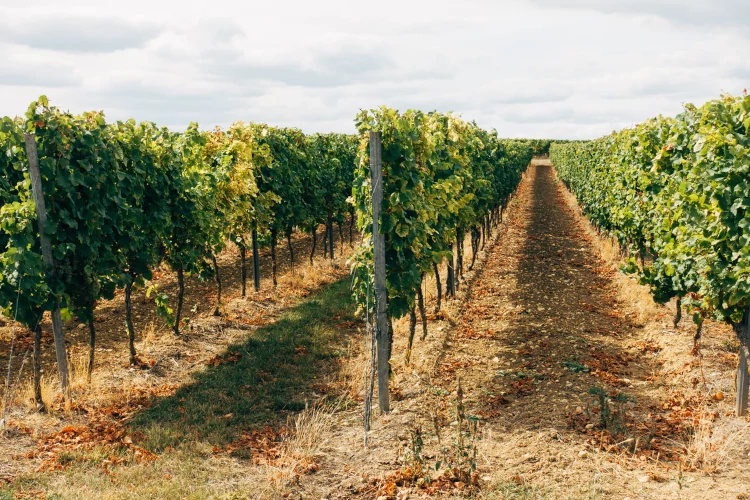
Cyprus has been a vine-growing and wine-producing country for
millennia. There is archaeological evidence that wine-making on the
Mediterranean island may have existed 6000 years ago. The Cypriot wine
industry ranks 50th in the world in terms of total production quantity
(10,302 tonnes), and much higher on a per capita basis. Although,
chronologically, Cyprus belongs to the Old World of wine-producing
countries, the industry has gone through changes that place it more on
par with the New World.
Visit Cyprus wineries and try a traditional wine directly out of the
barrel as well as local wines made from different grape varieties
growing on the island. Savor Commandaria wine, the legendary ancient
wine which is documented back to 800 BC and known to be the world’s
oldest wine still being produced.
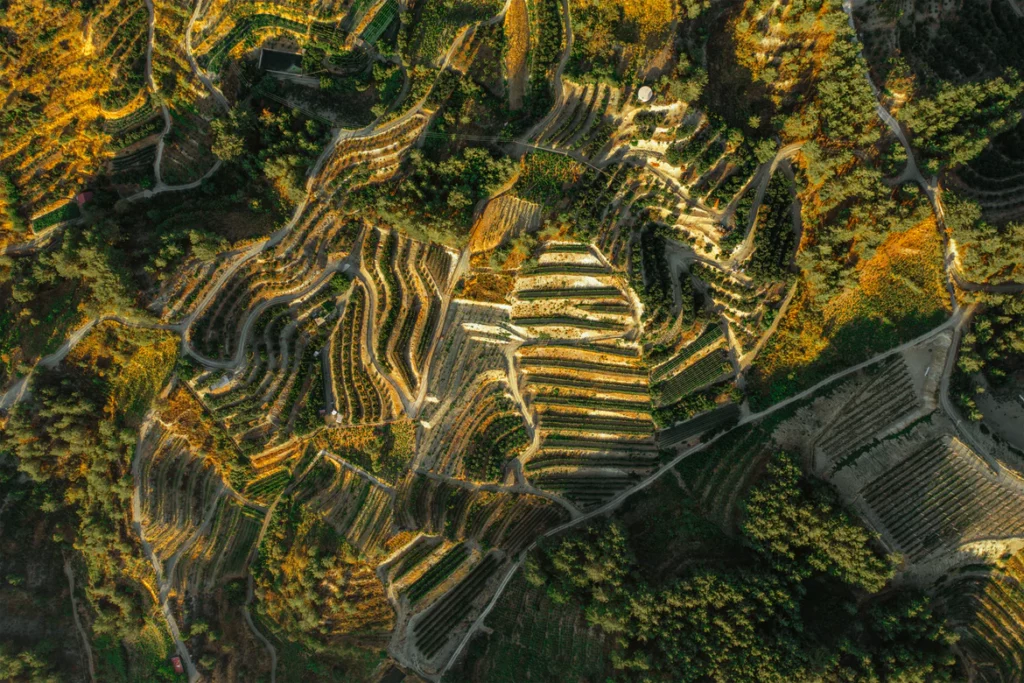
Wine was being traded at least as early as 2300 BC, the date of a
shipwreck (similar to the Kyrenia ship) carrying over 2,500 amphorae,
discovered in 1999. Its origin and destination are unknown, but must
have been along the trade route between Greece and Egypt.
Two discoveries have put that date back by a few more years. The first
was the discovery of a Bronze Age (2500–2000 BC) perfumery near the
village of Pyrgos. Near this perfumery, an olive press, a winery, and
copper smelting works were also discovered. Wine containers and even
the seeds of grapes were unearthed.
The second discovery involved an intriguing sequence of events. Dr.
Porphyrios Dikaios, a major figure in Cypriot archaeology and once
curator of the Cyprus Museum, had carried out excavations on the
outskirts of Erimi village between 1932 and 1935. During these
excavations, several fragments of round flasks were unearthed (amongst
other artefacts).
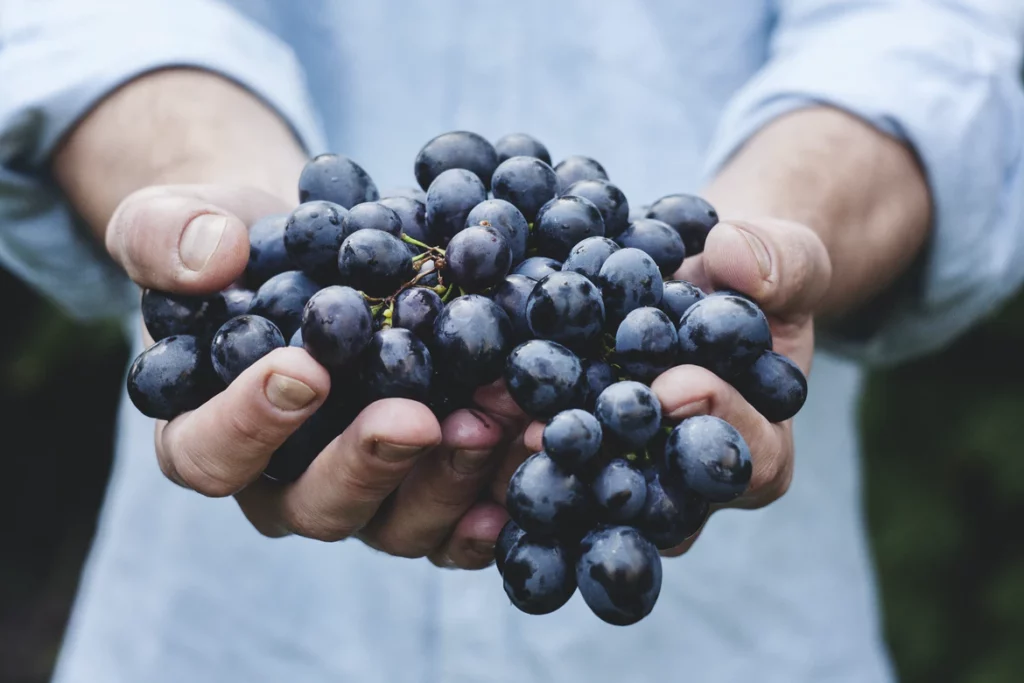
The Cyprus vine products council has based wine denominations on
European Union wine regulations and is responsible for enforcing the
regulations. Currently there are three accepted categories:
Table wine. This is similar to the Vin de Table in France or Vino di
Tavola in Italy.
Local wine which follows in similar fashion to the French Vin de pays
and the Italian Indicazione Geografica Tipica.
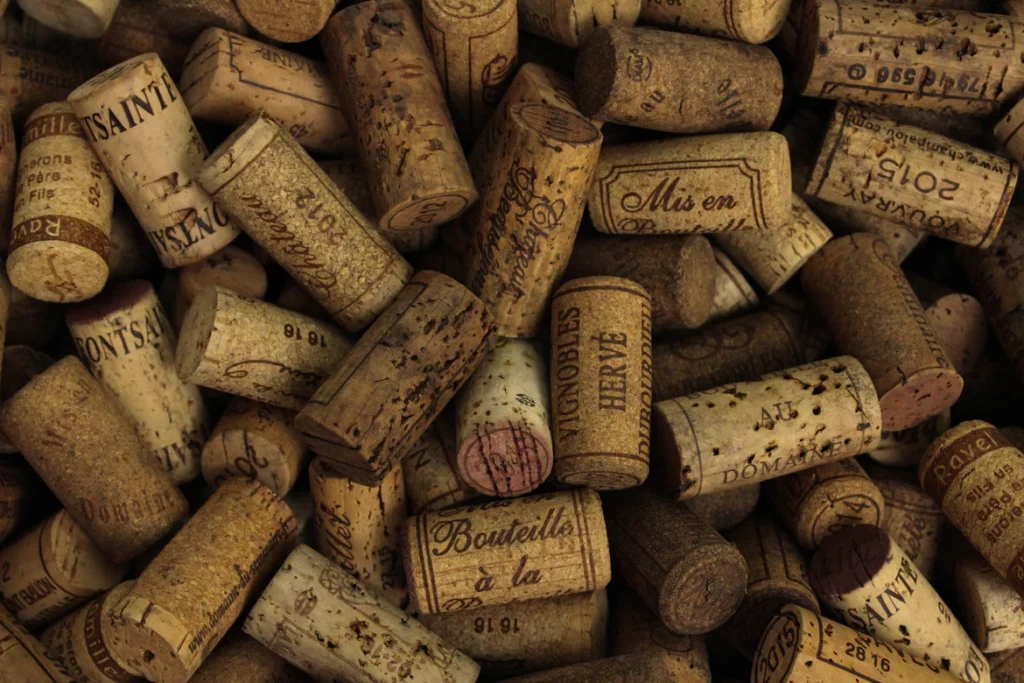
Wine Museum
The Cyprus Wine Museum is located in the heart of the wine-producing
area in Erimi village. The Museum is housed in the site where
archaeologists have discovered wine dating back to 3.500 BC. The area
has a 5500 years history of wine making and is located at the
crossroads of the Cyprus wine routes, in close proximity to the
prehistoric settlement of Sotira, where the oldest remains of grape
seeds have been found and near to Kolossi Castle, a medieval
Commanderie of The Knights Hospitaller that give the name to the
Commandaria Wine first produced by them. Photographic material and
audiovisual presentations, as well as ancient jars, crocks, medieval
pots, old documents and instruments can be found relating to the
history of wine in Cyprus.
Annual Cyprus Wine Festival
Limassol has earned the reputation as the “Wine capital of Cyprus”,
mainly due to the Wine Festival, which takes place every year in the
city park across the street from the waterfront. It was first held in
1961, as a tribute to the island’s wine-making tradition, dedicated to
the God of Wine Dionysos and the Goddess of Beauty and Love Aphrodite.
Here you can taste the variety of local wines from large and small
wineries, and traditional Cypriot food, enjoy the performance of
different artistic groups.
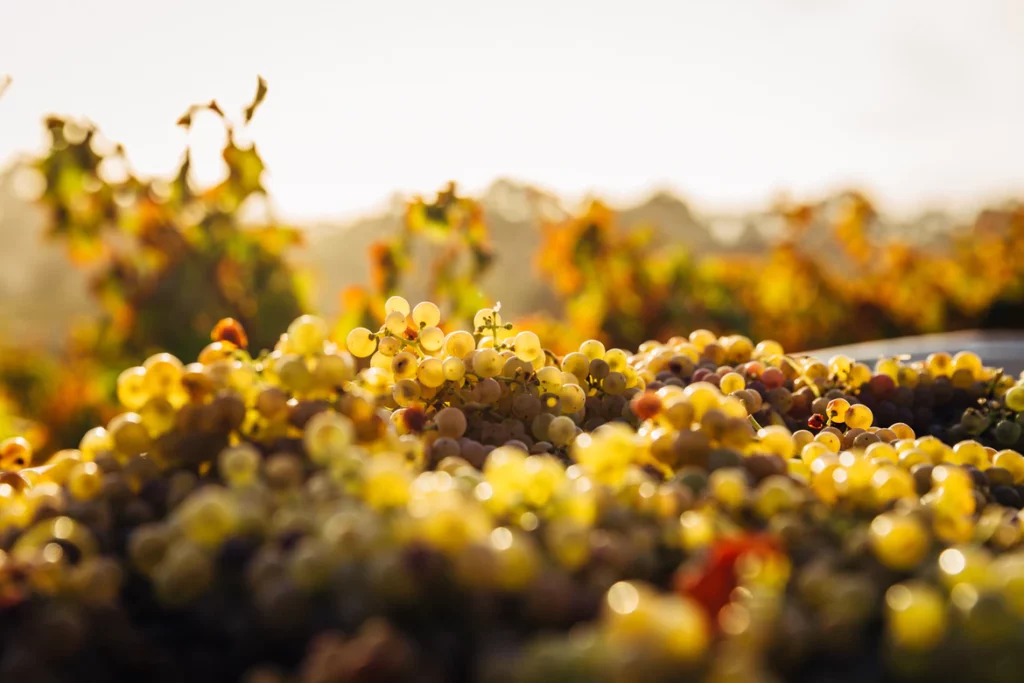
Take a trip back in time and discover the secrets of the island’s most
ancient and famous wine – the sweet dessert wine of Commandaria – that
has been praised and world-renowned for centuries.
The route through 14 Commandaria villages goes back to 1192 AD when
the knights of St. John were perfecting the production of the world’s
first named wine. The sweet wine took its identity from the place it
was mainly produced – ‘La Grande Commanderie’ – which is the area
now known as Kolossi. So famed was Commandaria that it even won in the
first recorded wine tasting competition – the ‘Battle of the Wines’ –
which took place in the 13th century, and was held by the French king
Philip Augustus.
Indigenous Mavro (red) and Xynisteri (white) grapes are picked late in
the season and dried in the sun to intensify their natural sweet
flavours, giving the drink its distinctive taste. The dried grapes are
then pressed, with the run-off collected and fermented in tanks or
huge earthenware jars – much like those used in bygone times.
There are four wineries on this route, and a visit to the region is
not complete without stopping by the refurbished wine press of Laneia,
which has been maintained throughout the centuries, and serves as a
reminder of the land’s glorious winemaking past. A further popular
site is also the Medieval Castle of Kolossi – or ‘La Grande
Commanderie’ as it was once known.
The villages themselves can all be found at an altitude of 500 to 900
metres. Their vines share the landscape with thick, bushy wild growth
and sparse woods, whilst the rich flora and fauna are quite impressive
– as are the historic and archaeological monuments of the vicinity.
The area is also home to the Kouris Dam, the biggest in Cyprus, and an
important wetland.
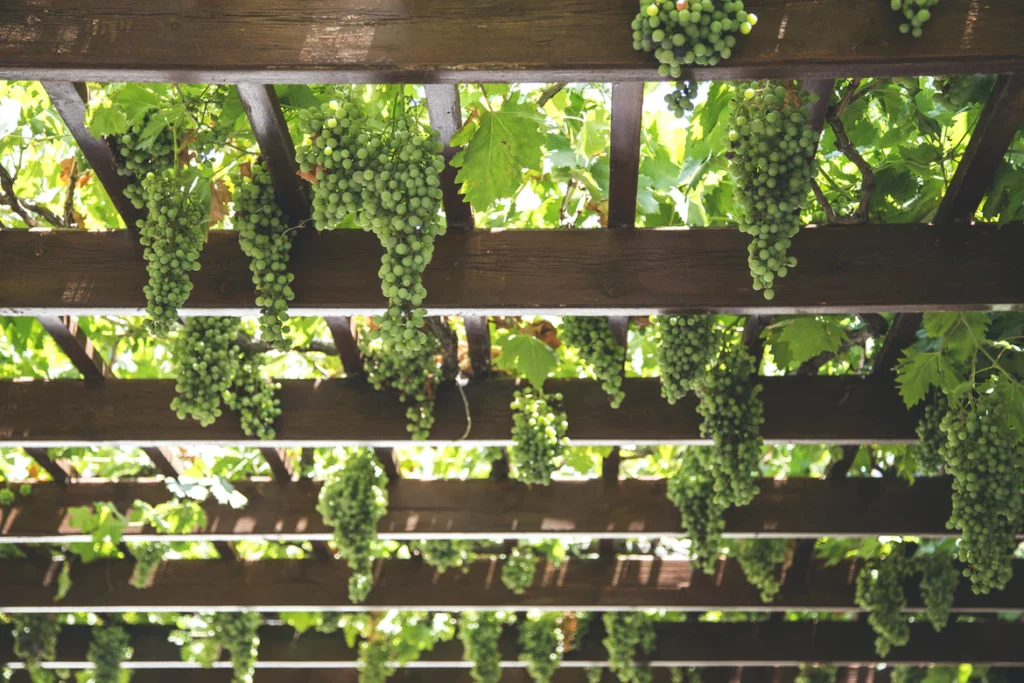
Some of the many wineries of Cyprus:
Cyprus Wine Tasting Room
Ktima Christoudia
LOEL WINERY
Etko Winery
Zambartas Wineries
MONAGRI GRAPE FARM
Vlassides Winery
Tsiakkas Winery
Erimoudes Winery
Ekfraseis Winery
Santa Irene Winery
Menargos Winery – Family Commandaria Winery
Monolithos Boutique Winery
Lambouri Winery
Constantinou Winery
Ktima Vassiliades Winery
Karseras Winery
Ayia Mavri winery
Kyperounta Winery
